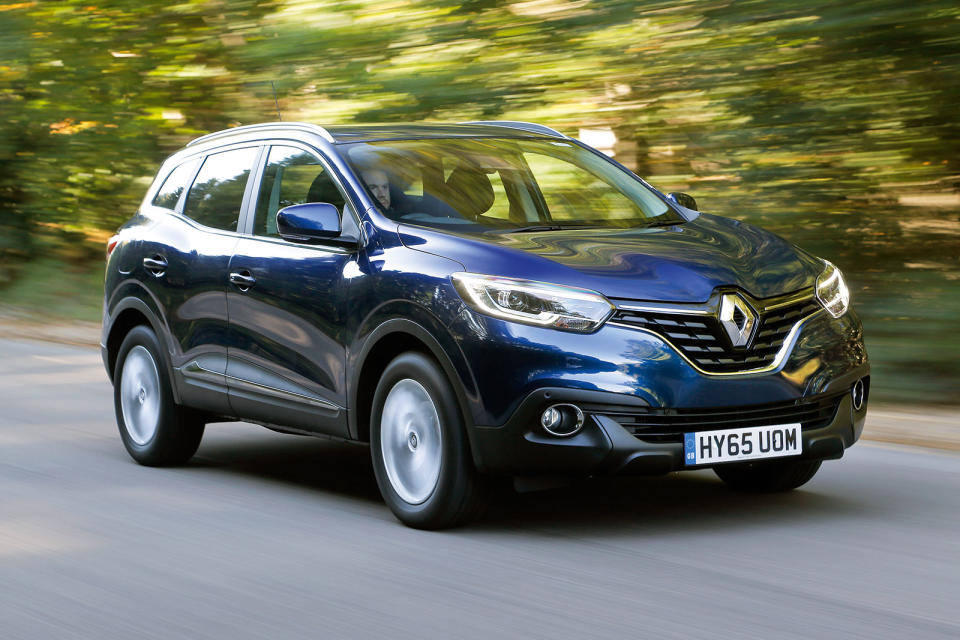Renault Kadjar

Renault has sort of been here before. Back in 2007 it launched the Koleos, closely related to the at the time new Nissan Qashqai and a belated entry into the snowballing crossover category.
It was not a success; its ignominious withdrawal from sale in the UK in 2010 was made all the more glaring by the colossal triumph of its Nissan sibling.
The Renault Koleos was an awkward creation. Designed in France, engineered in Japan and built in South Korea as part of Renault’s Samsung tie-up, it rolled about in the consciousness almost as inelegantly as its name rolled off the tongue. Although the second generation Koleos looks a better stab at the SUV market than its predecessor.
In that respect, Renault has not learnt its lesson. Kadjar, apparently an amalgamation of French words but also, in a similar vein to Nissan Qashqai, the name of a now-defunct Persian dynasty, is pronounced as it is written, meaning it requires a few goes before you get comfortable with it. Nevertheless, it is on solid ground.
The Kadjar’s styling has already been tested in the smaller Renault Captur, and one that the Koleos will borrow in parts. The crossover will be built in Europe (at Renault’s Palencia plant in Spain) and it uses the running gear of the latest Qashqai, a recipient of almost universal praise.
Its appeal, says Renault, is intended to be far broader than that of the Captur. Where that car is primarily meant for tiptoeing around towns and cities only half full, the Kadjar is a proper family crossover, its global aspirations underpinned by the availability of four-wheel drive and a broader choice of engines.
The range is made of two petrols and two diesels. Propping up the Kadjar range is a 128bhp 1.2-litre turbocharged unit followed by a 1.6-litre unit punching out 162bhp, while the star of the diesel range is a new, punchier 1.6 dCi which is the only engine you can pair with four-wheel drive and the venerable 1.5 dCi which allows the Renault to breach the 100g/km CO2 limit.
Just as significant is Renault’s prudent decision to make its Qashqai clone noticeably cheaper to buy than an actual Qashqai – the well-equipped mid-range model here being pitched well under the price of its Nissan equivalent. Which immediately begs the question: is it better value or just plain inferior?
]]>

 Yahoo Autos
Yahoo Autos 